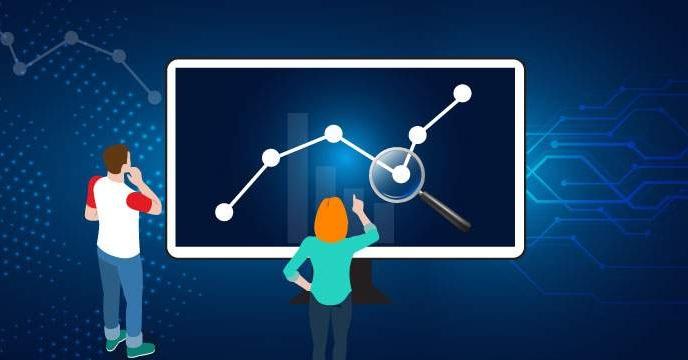Welcome to my blog on using machine learning to predict trends from time series data. As companies collect more temporal data – ordered observations over time – machine learning is becoming crucial for identifying patterns and forecasting future trends. In this blog, I will provide an easy-to-understand overview of time series analysis techniques used with machine learning models. From autoregressive models to recurrent neural networks, these methods can uncover insights from data over time. By the end, readers should better grasp this key capability of machine learning and its applications ranging from demand forecasting to stock price prediction. Those interested in diving deeper may consider enrolling in a Machine Learning Course in Hyderabad.
1. Introduction to Time Series Analysis
Time series analysis is a statistical technique that deals with data points collected over time intervals. This analysis is crucial for understanding and predicting trends, patterns, and behaviors in various fields such as finance, economics, weather forecasting, and more. By leveraging machine learning algorithms, time series analysis can provide valuable insights for decision-making processes.
2. Understanding Time Series Data
Time series data consists of a sequence of observations taken at regular intervals. These data points are often dependent on previous values and exhibit patterns like trends, seasonality, and irregular fluctuations. Understanding the underlying structure of time series data is essential for accurate forecasting and trend analysis.
3. Preprocessing Time Series Data
Before applying any forecasting model, it is crucial to preprocess time series data. This involves tasks such as handling missing values, smoothing out noise, removing outliers, and transforming data to make it suitable for analysis. Preprocessing ensures that the data is clean and ready for modeling.
4. Time Series Forecasting Methods
Several methods are available for time series forecasting, including traditional statistical techniques like ARIMA (AutoRegressive Integrated Moving Average), exponential smoothing, and machine learning algorithms such as LSTM (Long Short-Term Memory) networks, XGBoost, and Prophet. Each method has its strengths and weaknesses, making it important to choose the right approach based on the characteristics of the data.
5. Traditional vs. Machine Learning Approaches
Traditional time series forecasting methods rely on statistical models and assumptions about the data, while machine learning approaches learn patterns directly from the data. Machine learning models can capture complex relationships and nonlinear patterns, making them suitable for handling large and diverse datasets. However, traditional methods are often more interpretable and require less computational resources.
6. Implementing Time Series Forecasting in Python
Python provides a rich ecosystem of libraries for time series analysis and forecasting. Popular libraries such as Pandas, NumPy, and Scikit-learn offer tools for data manipulation, feature engineering, and model building. Additionally, libraries like Statsmodels and Prophet provide specific functions for time series forecasting tasks.
7. Evaluating Time Series Forecasting Models
Evaluating the performance of time series forecasting models is essential to assess their accuracy and reliability. Common metrics for evaluating forecasting models include Mean Absolute Error (MAE), Mean Squared Error (MSE), Root Mean Squared Error (RMSE), and Mean Absolute Percentage Error (MAPE). These metrics help in comparing different models and selecting the best one for a given dataset.
8. Case Studies: Real-world Applications
Time series analysis with machine learning has been applied in various real-world scenarios with remarkable success. Examples include predicting stock prices, forecasting demand for products, anticipating weather patterns, and detecting anomalies in network traffic. These applications demonstrate the practical value of time series analysis in decision-making processes.
9. Challenges and Future Directions
Despite the advancements in time series forecasting techniques, there are still challenges to overcome. Issues such as handling high-dimensional data, improving model interpretability, and dealing with non-stationary data remain areas of active research. Future directions in time series analysis involve exploring novel algorithms, enhancing computational efficiency, and integrating domain knowledge for better predictions.
10. Conclusion
In conclusion, time series analysis with machine learning is a powerful tool for predicting trends and making informed decisions based on historical data. By understanding the fundamentals of time series data, preprocessing it effectively, selecting appropriate forecasting methods, and evaluating model performance, analysts and data scientists can extract valuable insights from time-dependent datasets. As technology continues to evolve, the applications of time series analysis are expected to expand, offering new opportunities for innovation and growth in various industries.

